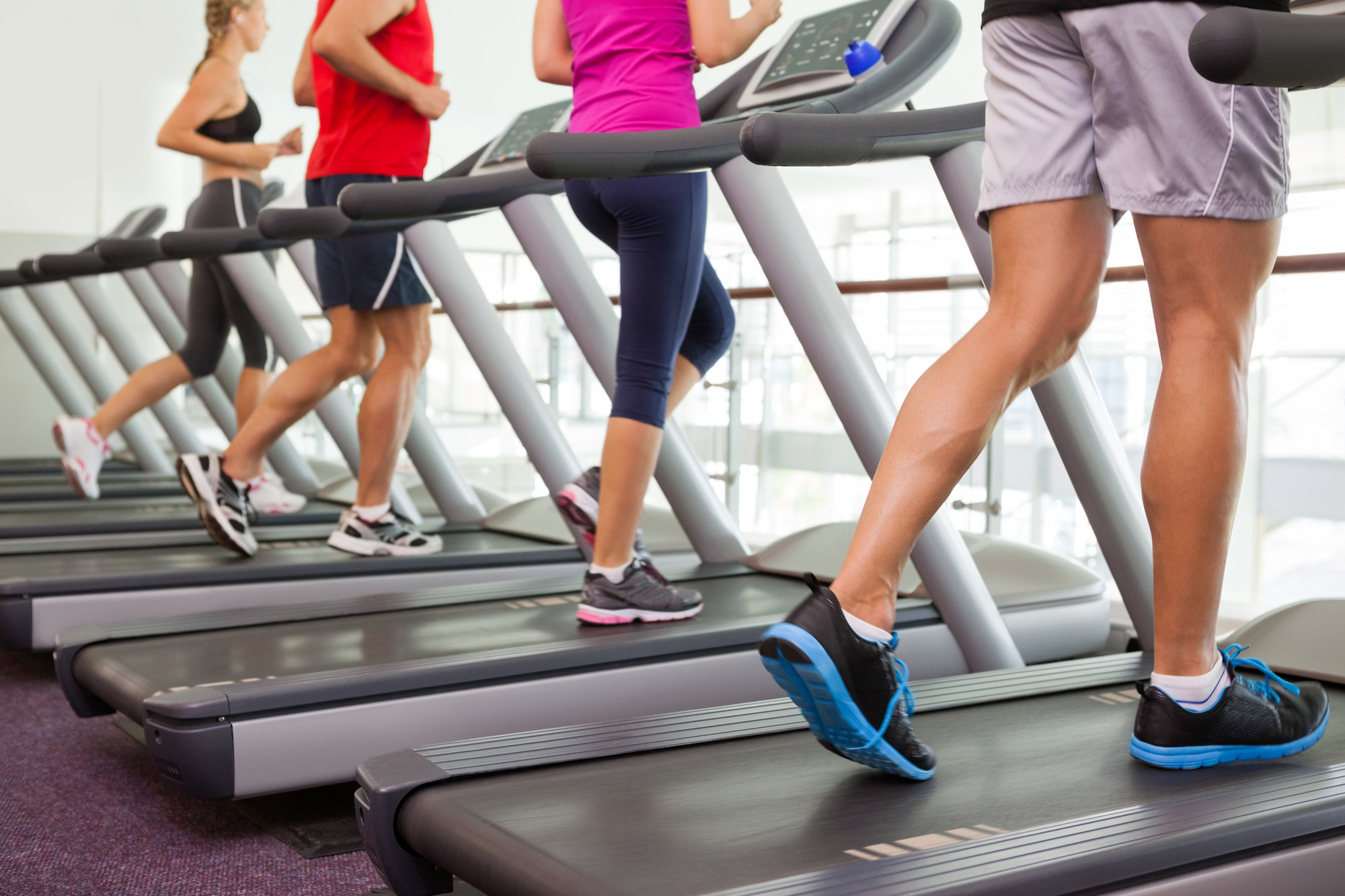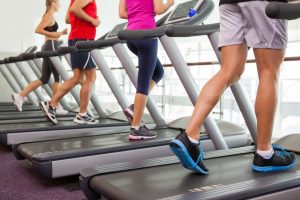
So, you’ve decided that the new leaf you need to turn is to get in shape. A lot of people know they want to get in shape, but aren’t entirely sure exactly how to start. Most people who set out to get in shape fail, often for very preventable reasons. Here are some things to consider to avoid being part of that sad statistic:
Choose the Right Gym
The absolute most important thing when choosing a gym is whether you will stick with it. Thousands of people join gyms in January and then use their membership once or twice before letting it lapse. Here are some things to consider:
- Location. It can be the best gym in the world, but if you never actually make it there it won’t do you any good. Look for a gym that is on an easy route between home and work, or very close to one or the other. Closer to home will help you also make it there on weekends (although it’s not bad to take one day a week off from working out). Most people won’t drive more than 15 minutes to a gym.
- Atmosphere. Are you comfortable in the atmosphere of the gym? If you are just starting out, you might not be comfortable at a gym full of people who have been serious about their fitness for years. Some gyms cater to a specific demographic and, particularly if you are a woman or older, you should take this into account.
- Lines. Swing by the gym you are considering at the time you intend to work out regularly. If it’s too crowded, look elsewhere. Many people see a line for the machine they need and just give up for the day, whether because of lack of motivation or because they literally don’t have time to hang around. Cardio equipment tends to fill up the fastest, particularly if it is wet, cold, or excessively hot.
- Hygiene. Make sure the gym is clean. There should be sanitary wipes available, and employees should be checking machines and weights regularly. Gyms can be germ factories. Also check the cleanliness of the restrooms and, if relevant, the showers and changing rooms.
- Does it have what you need? Make sure that the gym you choose has the facilities and classes you’re interested in, or it’s going to be a waste of money. List your must haves. You’d be surprised how many gyms don’t have space for bodyweight workouts or even stretching.
- Cost. Obviously, you need a gym that falls within your budget. Not everyone can afford an elite club, and not everyone needs one. Don’t let them upsell you on class subscriptions or other extra perks.
For some people, a gym membership may be completely unnecessary. If climate and your inclinations are such that you would rather work out outdoors year round, then a gym might not be needed. If your apartment complex or office has a fitness room, this may be sufficient to your needs, or sufficient if supplemented with a la carte classes.
Find a Workout you Will Stick With
Different folks, different strokes. Make sure that the workout you choose is one you will stick with in the long term. This means that working out needs to be fun. For some people, that means a spinner bike with a video screen that shows a class or a fake ride through gorgeous scenery. For other people, lifting weights and setting goals means something.
A lot of people will stick with their workout more if they have a workout buddy. The motivation of not letting down a friend can make or break. This does not work for everyone, but it’s worth considering. For others, the commitment of time and money of a regular class can make a huge difference. Thinking outside the box is valuable, too. Traditional workouts simply aren’t for everyone.
Do you Need a Personal Trainer?
The answer is: It depends. Maybe a personal trainer is what you need to motivate yourself. For some people, it’s good to have a few sessions with a personal trainer before striking off on your own, especially if you aren’t sure what workout profiles are best for your body and needs. Other people find it hard to come up with a workout schedule without somebody telling them what to do.
For others, they’re a waste of money. Some people manage with personal trainer apps on their phone. Obviously these are a lot cheaper, but don’t offer the personalized feedback a trainer can give you.
Personal trainers are also a good idea if you aren’t seeing results, need new ideas, or have a specific illness or injury you need to work around. If you get hooked on an activity, such as running or golf, and want to compete, then you may want to get a personal trainer or even a coach.
How Can you Track your Progress?
The first rule many personal trainers give their clients: Get rid of the bathroom scale.
Your weight is not the best measure of your level of fitness and on some regimens your weight, especially if you were not that overweight to start with, can go up as muscle weighs more than fat. People who obsess over the scale are more likely to get anxious, more likely to develop an eating disorder, and less likely to succeed. Instead, use the following measures:
- Body measurement. Measure your waist, upper thigh, upper arm, and hips every couple of weeks or so. Use a tailor’s tape to measure, and measure wearing the same clothes (or none at all). These measurements are areas where your body tends to store fat, and thus they will go down even if you are putting on muscle. Also, if your goal is to fit into that dress or suit, then body measurements are what matter. If you are focused on bulking up, upper thigh and upper arm are areas where your measurements will eventually start going up.
- Performance. The “stairs test” is one good way to measure cardio fitness. Find a place in your routine where you can climb at least two flights of stairs and see how it feels each week. It should keep getting easier. Another alternative is a benchmark test, where you do an exercise to failure and then repeat it every four months, recording how many reps you get in. Or you can time how fast you can run a mile.
- Progress photos. Take selfies at fairly extended intervals, every few weeks. You won’t see your day to day changes because they are so gradual, but a progress photo will tell you you really are looking better.
- Look at other measures of health. If you are exercising and eating healthy your skin will improve, you will sleep better (consider a fitness tracker that monitors sleep), and you will feel more comfortable doing daily activities.
Consider not what your body looks like or weighs, but what your body can do as your true measure of health and fitness. Not only is this a better measure, but “I want to be able to climb five stairs to my office without running out of steam halfway up” is practical motivation. Don’t forget that exercise is only one part of the equation and that you should also be eating a healthy diet.
Setting out to create a new you is not easy, but it is well worth it, and now is a good time to start.


